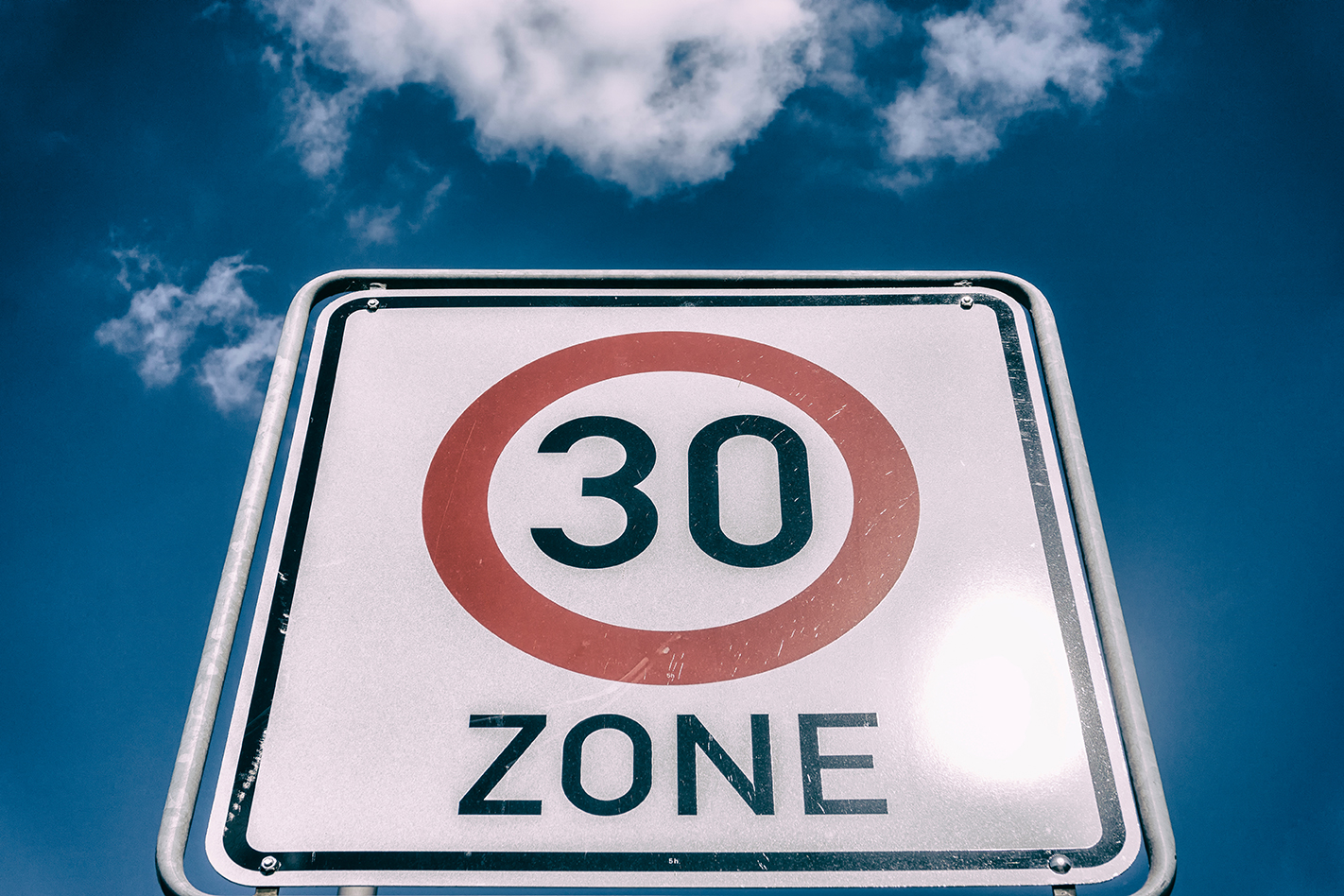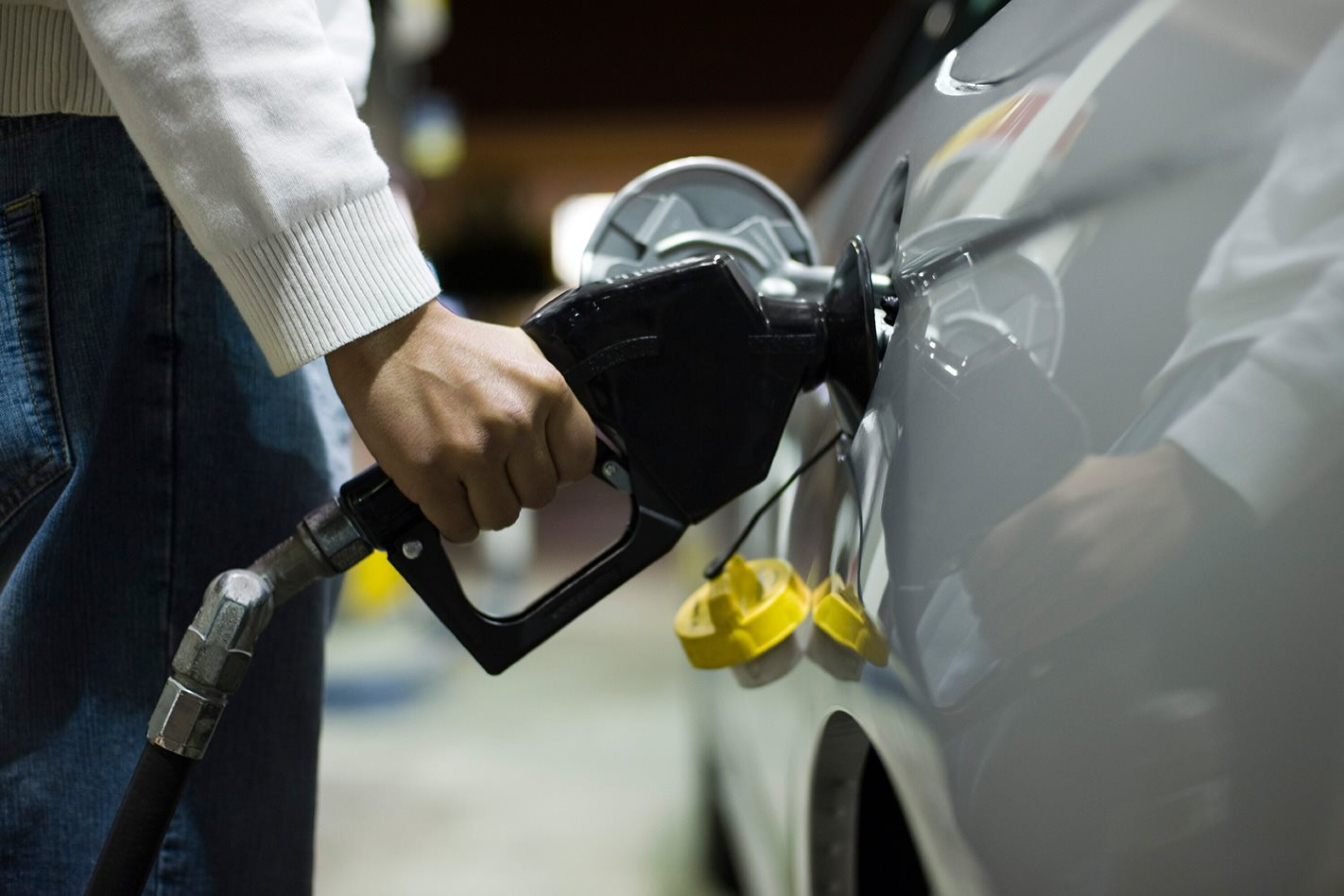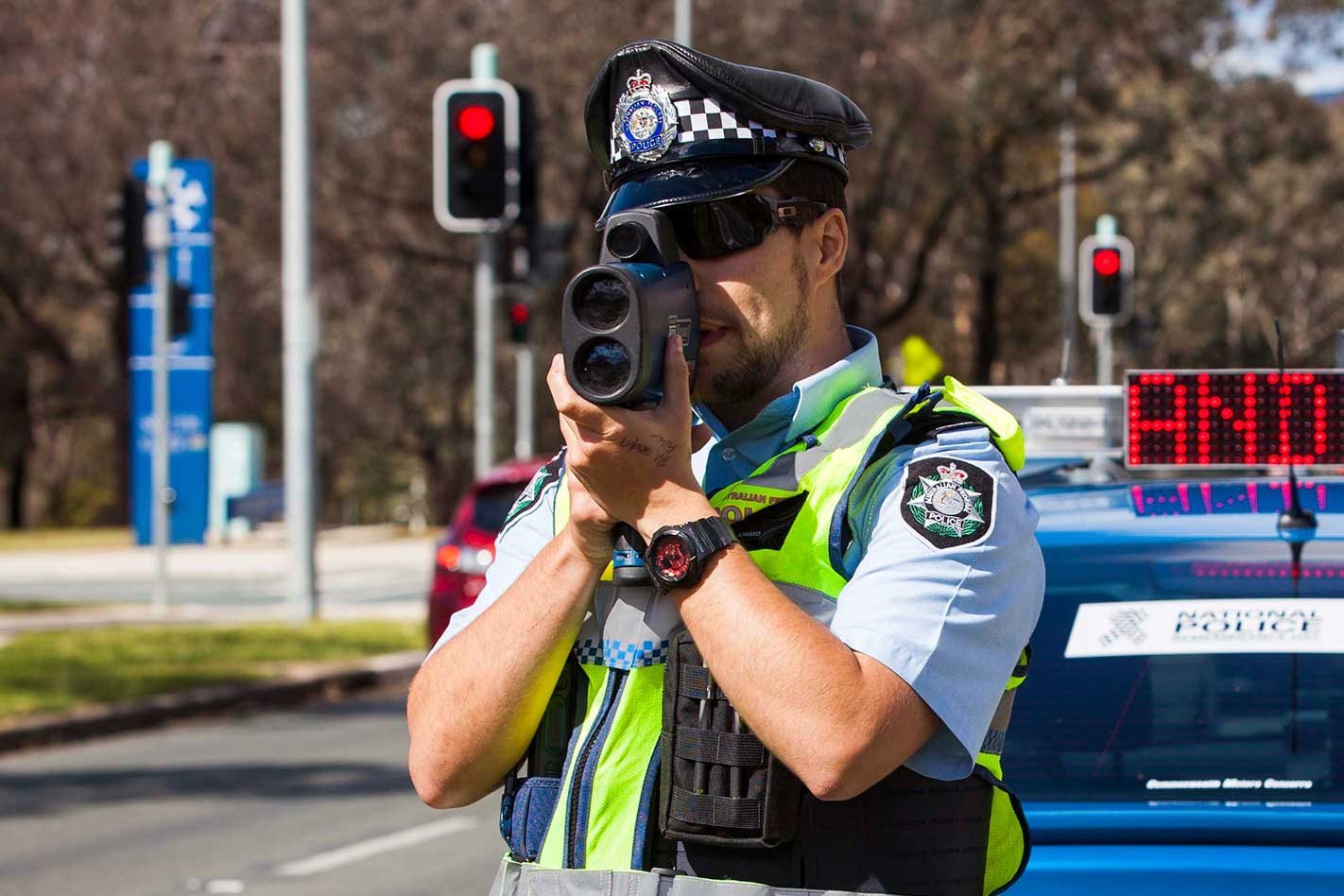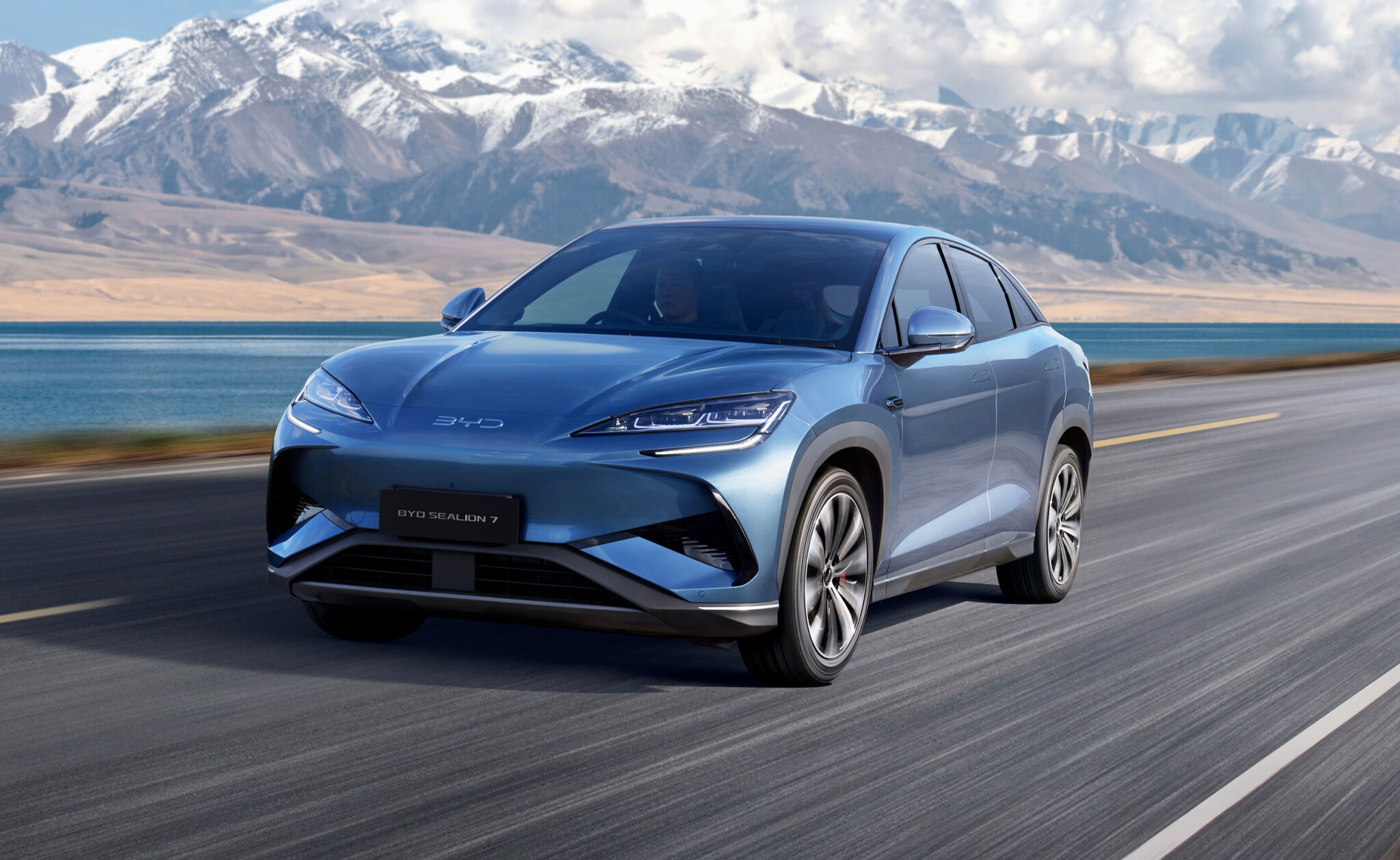
We’re regularly told by car makers that Australians love a performance car and that local sales are some of the highest in the world, yet it’s legally impossible to drive such a car at its limit here. Most urban areas have speed limits of 50 or 60km/h – but some are even lower at just 30km/h in school and high-density pedestrian zones, all in the name of safety.
Despite our seemingly endless battle against speeding, Australia faces an uphill battle when it comes to its road toll. Sadly, 1327 people were involved in fatal road crashes in 2024 and that’s the fourth year in a row of increased deaths on our roads. That’s a situation that the Australian Automobile Association (AAA) reports has not been seen since 1966 – before the introduction of compulsory seat belts.
Latest data also revealed that the National Road Safety Strategy (2021-2030) is failing to meet its goal of halving road deaths by 2030 – instead, they have surged 18.5 per cent since its launch. According to experts, there are a number of reasons for this increase, including the larger cars that are being bought by Australians these days.
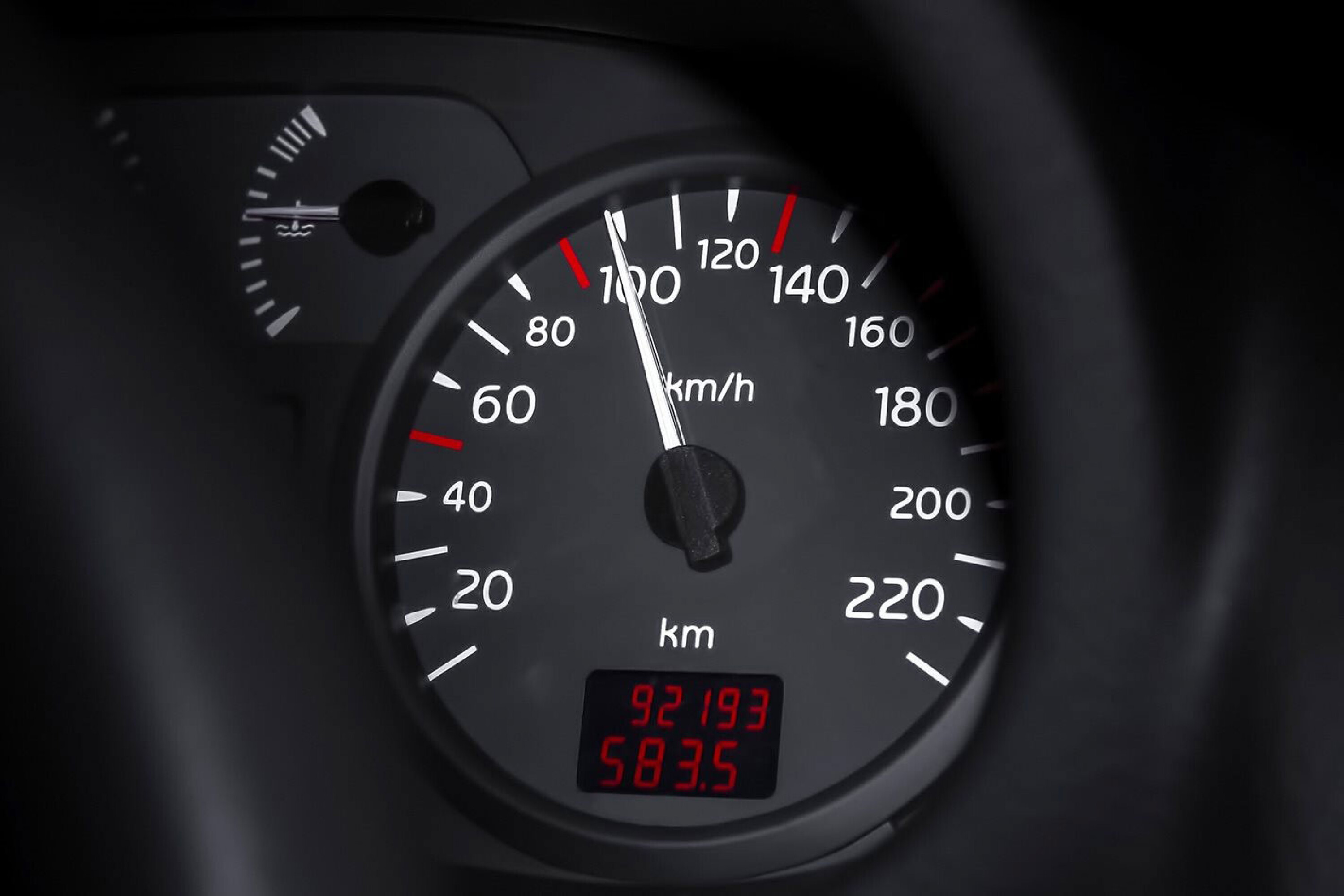
But speed is also one of the main reasons and there’s more than enough evidence backing lowering speed limits in certain areas to reduce the road toll: in 2023, Wales reduced its urban speed limit from 30mph (50km/h) to 20mph (30km/h) and in just three months, the casualties on local roads dropped by 26 per cent.
If any online story about speed limits many Aussies will complain that their country has some of the lowest speed limits in the world and they are constantly monitored by authorities as part of a revenue raising exercise.
But is that true? There maybe some truth to the desire of authorities to raise easy revenue but does Australia really have some of the lowest speed limits in the world? The answer may surprise you.
Speed limits around the world:
| Location | Maximum speed limit |
|---|---|
| Isle of Man, UK and some parts of the German autobahn | Unrestricted |
| Abu Dhabi | 160km/h |
| Saudi Arabia, Turkey, Kazakhstan, Iraq, Poland, Bulgaria and Texas, USA | 140km/h |
| Italy, France, Austria, Argentina, the Netherlands, Denmark, Russia and the Northern Territory | 130km/h |
| South Korea, India, Brazil, Thailand, Finland, Spain, Portugal, Ireland, South Africa and Japan | 120km/h |
| The UK, most states in the USA, Taiwan, Hong Kong, New Zealand, Malaysia, Mexico and Australia (outside the NT) | 110km/h |
| Indonesia, Peru, Mali, Lesotho, Ethiopia, Myanmar, Columbia and the Phillipines | 100km/h |
| Yemen, Iceland, Chad and Tajikistan | 90km/h |
| Madagascar, Honduras, Faroe Islands and Bolivia | 80km/h |
| Greenland, Liberia, Bhutan and Papua New Guinea | 70km/h (or less) |
While there are a number of developed countries that have higher limits than us, Australia clearly does not have the lowest speed limits in the world and our 110km/h limit in most states is shared with some of our closest international friends like New Zealand, the UK and most states in the USA.
Even the 130km/h limit that applies on some roads in the Northern Territory ranks highly on the global speed limit list, sharing space with countries like Italy, France, the Netherlands, Denmark and Russia.
Of course, there will always be some wanting to go faster than that – and a race track is the perfect place to do it – but some of the lowest speed limits in the world? Australia could be a lot slower.
Should Australia have higher – or lower – speed limits? Leave a comment below.
